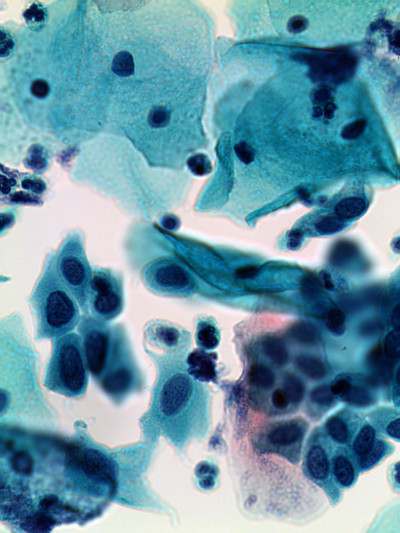Laboratory Services
Group B Strep with Reflex to Susceptibility
Print this pageUpdated Test Information:
| Notice |
ONLY ORDERABLE WITH PERMISSION - PLEASE CONTACT YOUR SALES REP FOR MORE INFORMATION
|
|
|---|---|---|
| Test Description |
Group B Strep with Reflex to Susceptibility
|
|
| Synonym(s) |
Group B Strep Screen, GBS culture, GBS screen, Prenatal screen, GBS susceptibility, Group B Strep Susceptibility |
|
| Test ID |
CULTBSTREPR
|
|
| Performing Lab |
Labcorp |
|
| General Information |
Beta-hemolytic Group B Streptococcus (GBS), also known as Streptococcus agalactiae, is important to identify in rectal/genital tracts because of its ability to cause serious neonatal infections. |
|
| Specimen Type |
Vaginal/Rectal |
|
| Specimen Requirements |
Bacterial Cult Trans Swab with Media or ESwab® |
|
| Specimen Collection / Processing Instructions |
Obtain a swab of the distal vagina and anorectum between 35-37 weeks gestation. |
|
| Stability |
Ambient: 48 hours |
|
| Unacceptable Specimen Conditions |
Frozen, delayed greater than 48 hours in transport |
|
| Limitations |
A positive culture indicates colonization with Group B Streptococcus, which may or may not indicate infection. |
|
| Department (code) |
Microbiology |
|
| Methodology |
Culture |
|
| Estimated TAT |
2-4 days |
|
| Testing Schedule |
Mon-Sun |
|
| Test Includes |
CULTBSTREP, SENSGBS |
|
| CPT Code(s) |
87070, 87186 |
|
| Reflex Conditions |
Reflex to susceptibilty if positive for GBS. |
|
| LOINC Code(s) |
72607-5, 193-3 |
|
| Additional Information |
Colonization of the maternal tract is associated with colonization of infants and a risk of neonatal infections characterized by pneumonia, sepsis, and possible meningitis. GBS is also associated with postpartum infections in the mother. The CDC recommends screening of all pregnant women between 35 and 37 weeks gestation for the presence of GBS through the collection of a cervical, perianal, perirectal, or perineal specimen. |
